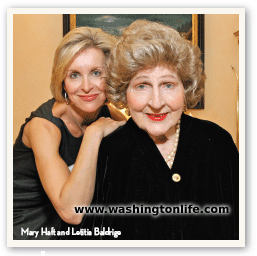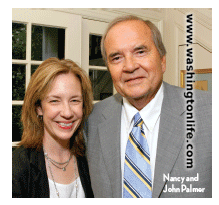| |
|
 |
 uddenly it was the spring of 1956,And for a multitude of reasons, I had to come home and start to work in my own country. It was not easy to come back. I had no idea what I was taking on in my new job as the fi rst woman executive at the staid old male bastion of Tiffany’s, the leading jeweler, silversmith and stationer in the world at that point - not just America. My new boss, Walter Hoving, often called “the Merchant Prince of New York” because of the length of his résumé as head of the major high-end retail stores in America, considered himself an expert on the subject of taste – and frankly, few would dare to disagree. Taste and good design were upper most in his thoughts. When he was chairman and CEO of Tiffany & Co., he wrote and lectured constantly on the subject of taste and organized seminars with the leading experts in the fi eld of design.One day, early in my career at Tiffany, he overheard me talking to a china buyer in the executive circle of desks on thefifth floor. |
|
 I was offhandedly referring to a low-end store that had opened on Fifth Avenue as an “emporium of tacky taste.” “Miss Baldridge, wrong! There is no such thing as tacky taste!” He intoned emotions like
a preacher at the height of his passion, and I wondered, Oh Lord, what terrible thing have
I done this time? 
“You are absolutely wrong!” he bellowed again at me from the other side of the executive circle. All the other executives working at their desks stopped whatever they were doing and listened. I thought I had infuriated him by criticizing another store on his sacrosanct Fifth Avenue. Instead, he was chastising me for my viewpoint, something that was to occur with frequency during our professional relationship. When Hoving was mad, he was mad, intimidating everyone from the freight elevator attendant to his outside directors. “There is no bad taste!” he repeated, “no atrocious taste, no cheap taste. There is only taste, and it implies good, never bad. Otherwise, the word may not be used. If something has no quality, use any word other that taste.”  |
| |
|
|

